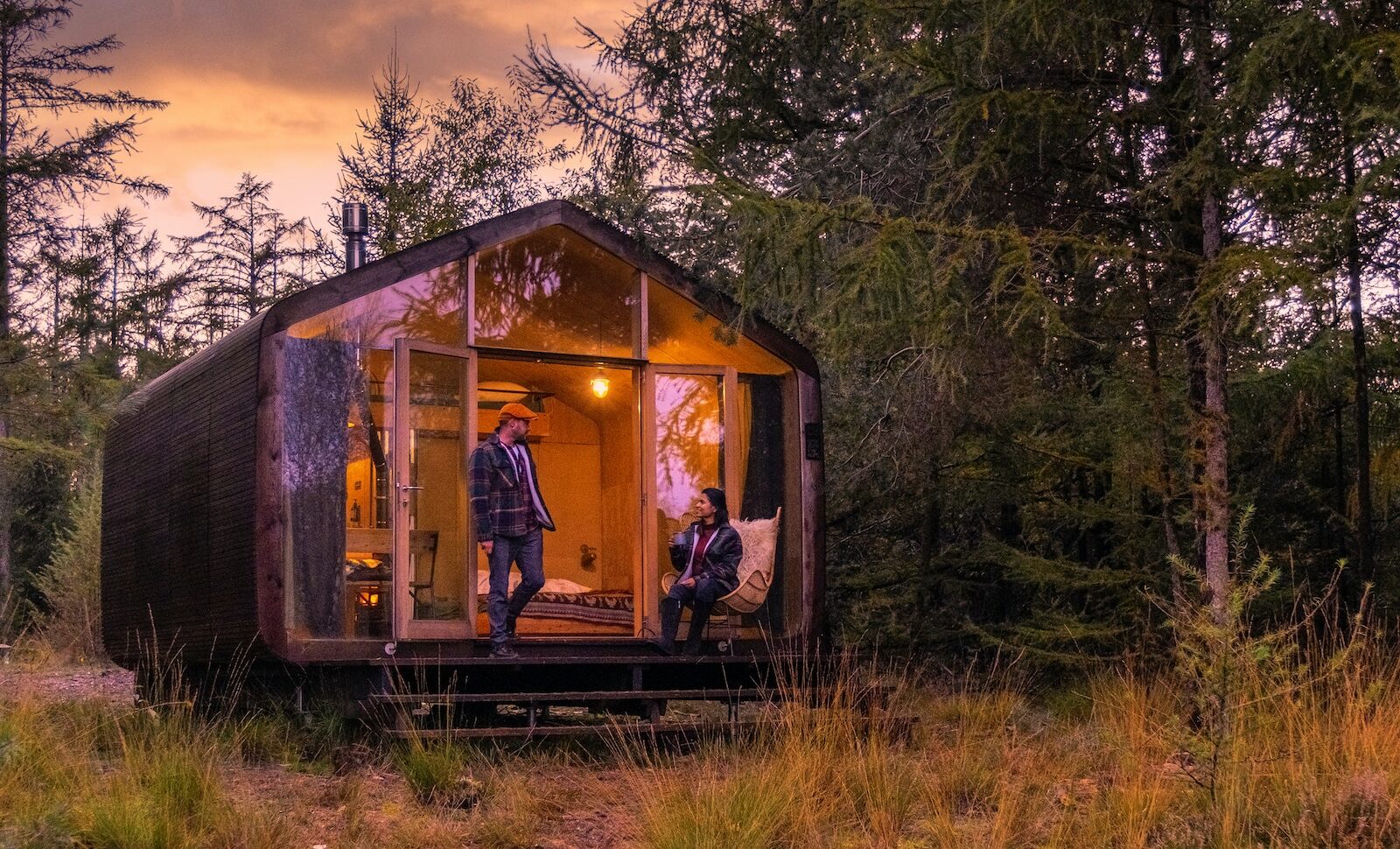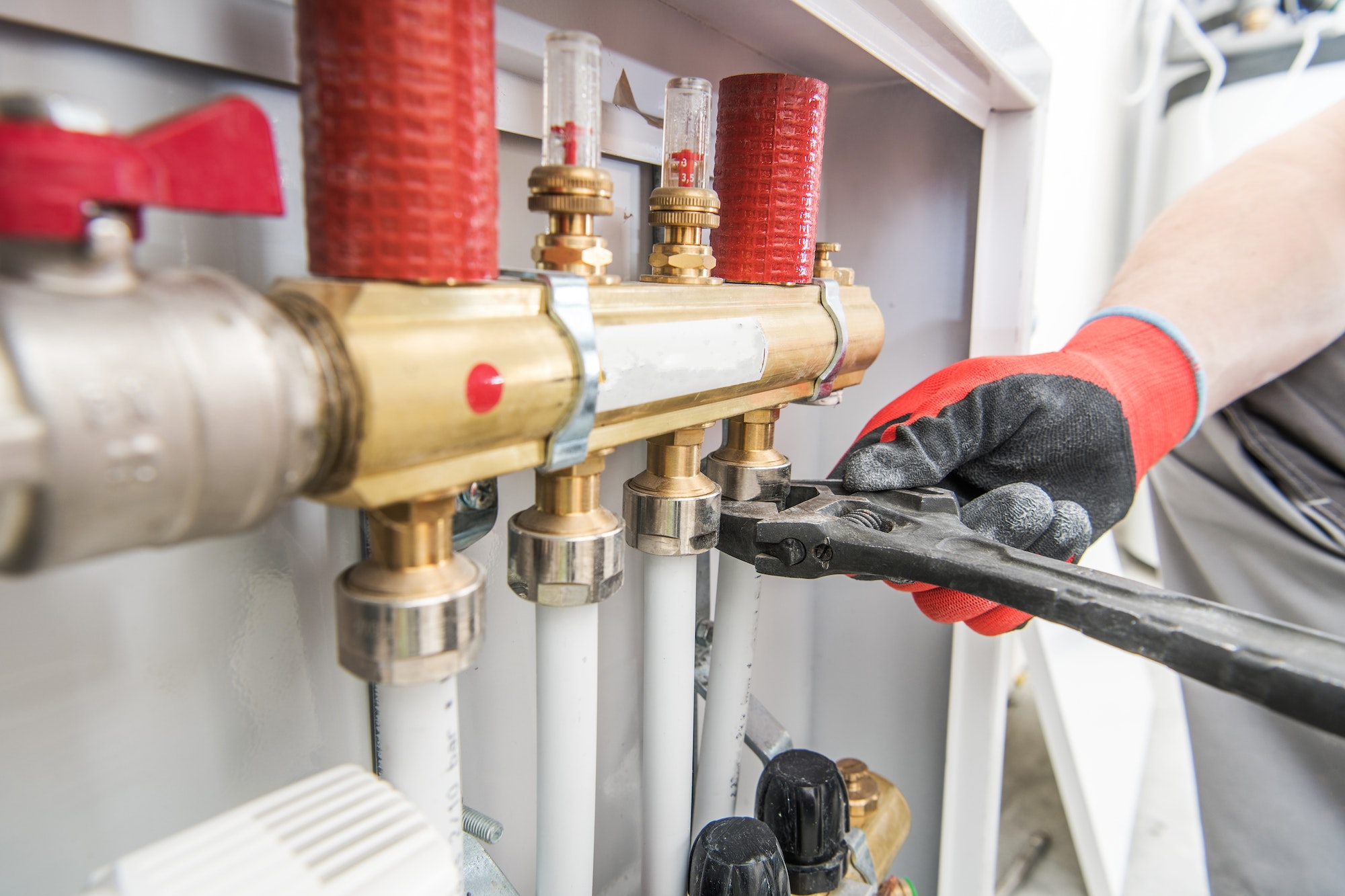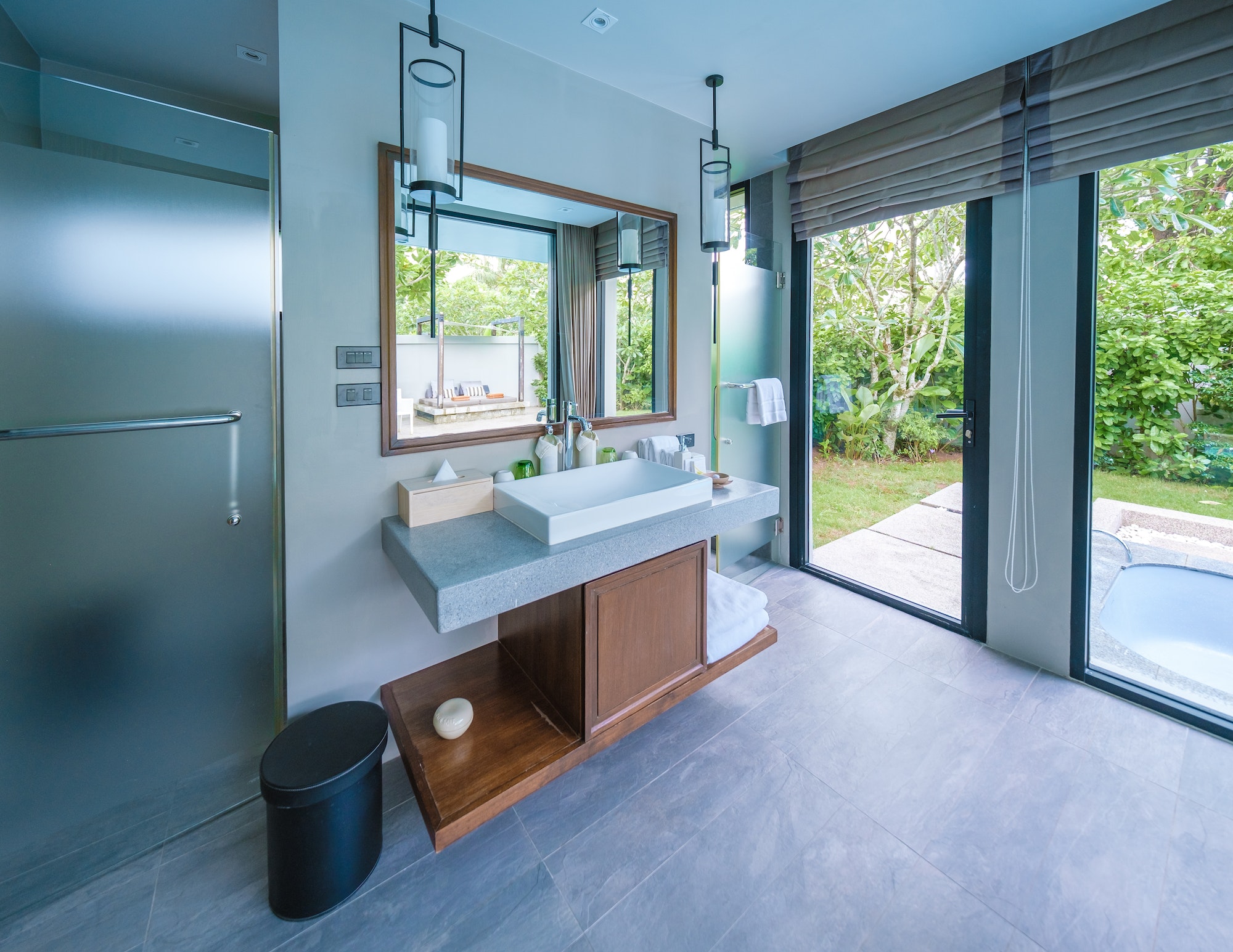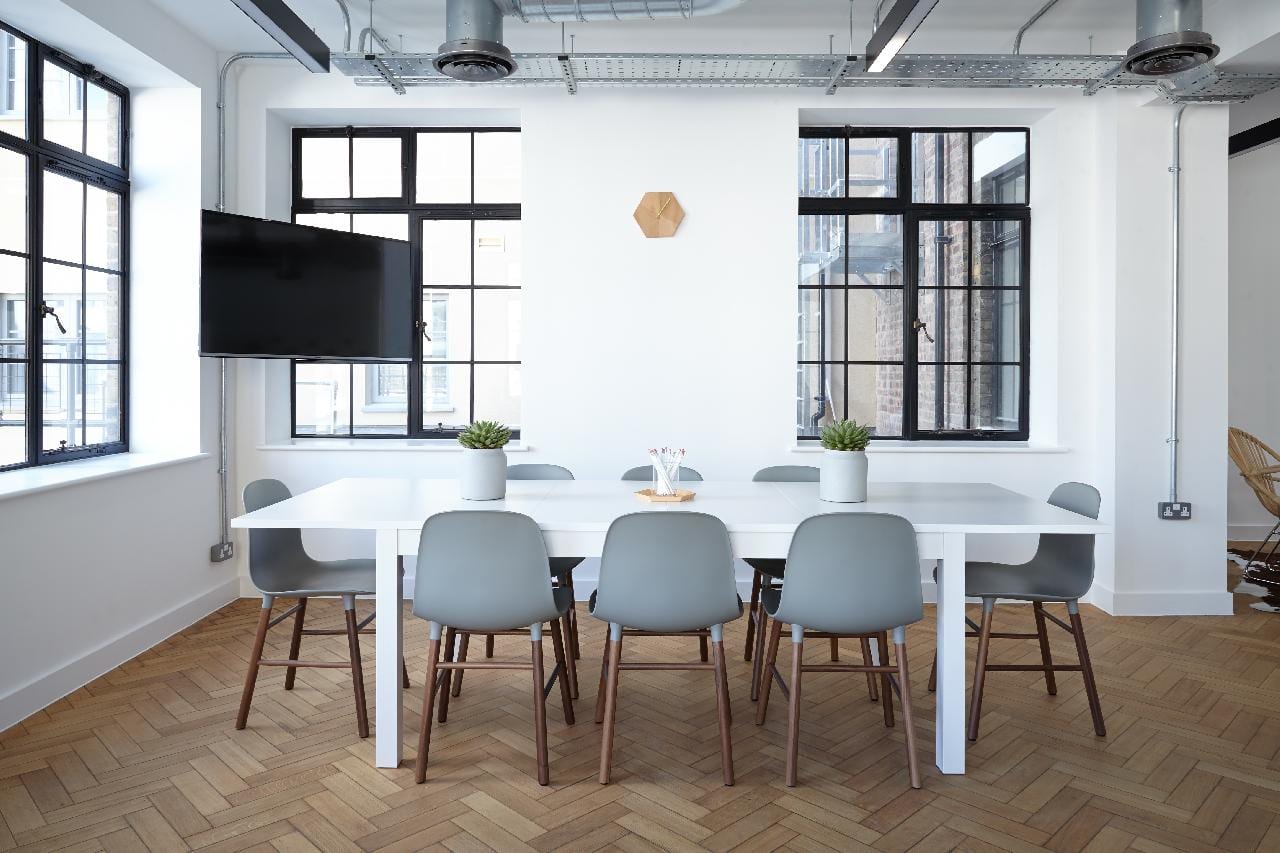Building a house is always an exciting project, but creating an off-grid home takes the excitement up a notch. Constructing an off-grid home means you’re designing a dwelling that is self-sufficient, energy-efficient, and environmentally friendly. This venture requires careful planning, sustainable materials, and the right tools. The satisfaction of constructing a self-sustaining home is unparalleled.
Let’s dive into some essential design considerations and sustainable materials you need to know when building your off-grid home.
Plan, Plan, Plan!
The first step in building an off-grid home is meticulous planning. You will need to assess your needs, calculate your energy usage, consider your location’s climate, and more. Choosing the right tools for this planning phase can make a huge difference. We recommend tools from Bugout Bill, known for their quality and durability. Their range includes multi-tools, survival kits, and outdoor gear – a perfect match for the off-grid lifestyle.
Consider Your Energy Sources
One of the main features of an off-grid home is its ability to generate its own energy.
Solar panels are a popular choice due to their effectiveness and efficiency. Wind turbines and hydropower can also be viable options, depending on your location and environment. Don’t forget to plan for energy storage; high-capacity batteries can store surplus energy for use during periods of low production.
Opt For A Water-Saving Design
Water conservation is crucial in an off-grid home. Design your home with systems that collect, filter, and recycle water. This could mean installing a rainwater harvesting system, a greywater system for irrigating plants, or a composting toilet that reduces water usage.
Prioritize Insulation
Good insulation is crucial in any home, but it’s particularly important for an off-grid dwelling. Quality insulation will help maintain a consistent indoor temperature, reducing the need for heating and cooling systems. Consider using sustainable materials like sheep wool, cellulose, or cork.
Choose Sustainable Building Materials
The materials you choose for your off-grid home can have a significant impact on its sustainability.
Opt for locally sourced, renewable, or recycled materials whenever possible. Materials like reclaimed wood, bamboo, recycled steel, or rammed earth can provide strength and durability while reducing your home’s environmental impact.
Design For Efficiency
The layout and design of your home can also contribute to its energy efficiency. Open plan designs can improve air circulation, while positioning windows to maximize natural light can reduce the need for artificial lighting. Features like green roofs and walls can also provide additional insulation and help to blend your home into its surroundings.
Consider Food Production
Many off-grid homes incorporate spaces for food production, such as vegetable gardens or chicken coops. Consider including raised beds or vertical gardens in your design, or perhaps even a greenhouse for year-round cultivation.
Embrace Automation And Smart Technology
While the idea of off-grid living might conjure up images of rustic, simple living, that doesn’t mean you need to forsake modern conveniences. In fact, incorporating smart home technology can significantly increase the efficiency of your off-grid home. Automated systems can regulate your home’s temperature, control lighting based on natural daylight availability, and manage energy consumption to ensure your renewable power sources are used optimally.
There are also technologies available for monitoring your water usage and adjusting irrigation for gardens based on weather data. By embracing technology, you can make your off-grid lifestyle not just sustainable, but comfortable and convenient as well.
Conclusion
Building an off-grid home is no small feat. It requires careful planning, the right tools, and a commitment to sustainability. But with the right design considerations in mind and a focus on sustainable materials, you can create a home that is not only self-sufficient and environmentally friendly, but also a beautiful and comfortable place to live. Embrace the journey of building your off-grid home – it’s an adventure that’s well worth the effort.
Discover more from Futurist Architecture
Subscribe to get the latest posts sent to your email.




